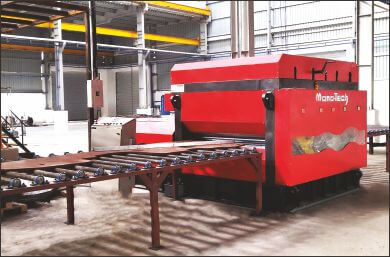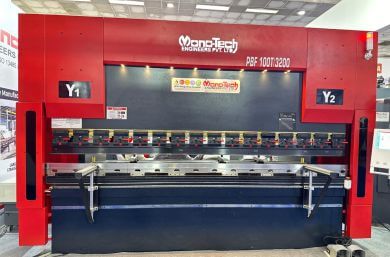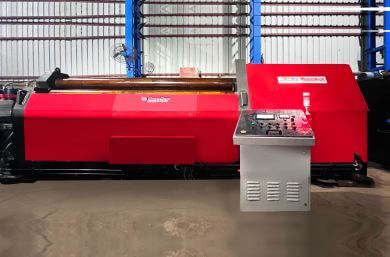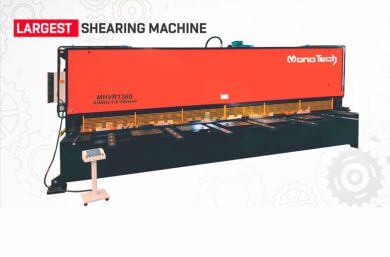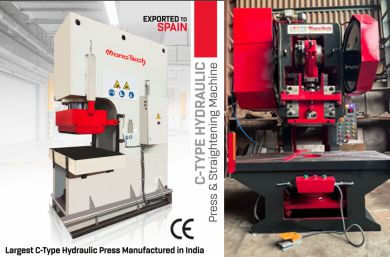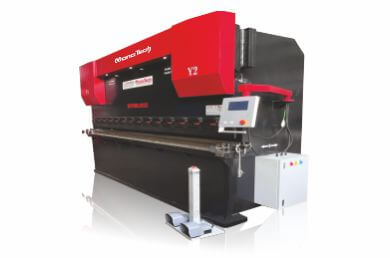Electro Mechanical Straightening Machine — Precision Flattening for Reuse and Recycling
Design &
Key Features & Accessories
Optional Accessories
- Line integration: Add decoiler, loop control, servo feeder, flying or guillotine shear, and stacking table to create a cut‑to‑length line tailored to material mix and takt time.
- Quick‑change cassette: Removable work‑roll cartridge shortens maintenance windows and enables fast roll‑set swaps for different thickness windows.
- Roll finishes: Super‑finish/chrome rolls and polyurethane‑covered pinch rolls protect sensitive coatings and reduce cosmetic rework.
- Automatic flatness control: Laser or roller feedback trims penetration dynamically to counter coil set and cross‑bow variation across and along the strip.
Control & Handling Options
- Consistent flatness: Encoder‑controlled penetration and rigid backup deliver low residual bow and edge wave across mixed scrap streams.
- Gentle on surfaces: Hardened, fine‑finish rolls and optional chrome limit print‑through on coated or rust‑treated sheets.
- Efficient operation: Recipe recall, low‑maintenance electro‑mechanical actuators, and VFD drives reduce energy and changeover losses per ton.
- Tailored solutions: Widths, roll finishes, quick‑change cassettes, and full line integration align with throughput targets and product mix.
Component Excellence
- Work rolls: High‑grade alloy steel, precision‑ground and induction‑hardened, sized and spaced for the target thickness range to deliver controlled elongation and flatness.
- Gear train: Helical gearbox with high service factor and low backlash provides smooth feed and steady surface speed under fluctuating load.
- Bearings & seals: Heavy‑duty bearings with labyrinth protection and centralized lube ports increase reliability in abrasive environments.
- Electricals: IE3/IE4 motors, VFD drives, and industrial‑grade controls with clear labeling support energy efficiency, traceability, and fast troubleshooting.
- Documentation: Supplied with inspection tags, flatness test report, alignment record, and O&M manual for compliance and quality assurance records.
Frequently asked questions (FAQs)
- What materials can be straightened?
Mild steel, stainless, aluminum, and low‑alloy sheets within rated thickness/width windows; entry shape and hardness influence required penetration and number of passes. - How is flatness verified?
With exit straight‑edge or roller gauges, and optionally laser sensors; target specs can be set and monitored via HMI for go/no‑go guidance. - Will it mark the surface?
Hardened, polished rolls and optional chrome with optimized penetration minimize cosmetic marking; correct roll pressure and wrap control are essential. - What power is required?
Drive power is sized to strip width, thickness, yield strength, and line speed; VFD control enables soft start and improved energy efficiency. - Can it integrate with an existing line?
Yes—standard interfaces support decoiler, feeder, shear, stacker, and loop control for seamless coil‑to‑blank workflows. - What after‑sales support is offered?
Installation assistance, operator training, AMCs, remote diagnostics, and spares are available through Monotech’s manufacturing and sales channels.
Want to Know More?
Download our brochure or request more information to learn about how Monotech can help you achieve your manufacturing goals.

















